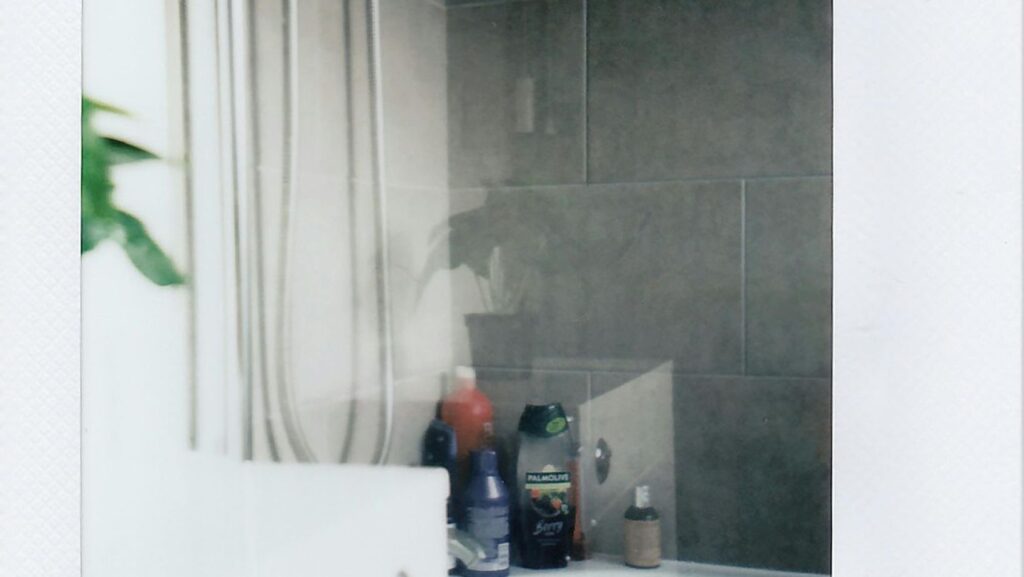Choosing the right tile for your kitchen and bathroom can be a daunting task. With countless options available, finding the perfect match requires careful consideration. This guide will help you make an informed decision that suits both aesthetics and functionality.
When it comes to selecting tiles for your kitchen and bathroom, understanding the balance between style, durability and maintenance is crucial. The right choice not only enhances the aesthetic appeal of these spaces but also contributes to their longevity and ease of upkeep. Here, we provide insights on what to consider when choosing tiles for these important areas of your home.
Understanding Tile Materials
The first step in selecting the perfect tile is understanding the different materials available. Tiles come in a variety of materials, including ceramic, porcelain, glass and natural stone. Each material has its own set of characteristics that make it suitable for different applications. For instance, ceramic tiles are popular due to their affordability and ease of installation. Porcelain tiles are known for their durability and resistance to moisture, making them ideal for bathrooms.
Natural stone tiles such as marble or granite offer a luxurious look but require more maintenance compared to other materials. Glass tiles are often used as accents or in backsplashes because of their sleek appearance and easy cleaning properties. Understanding these differences is essential to making an informed choice that meets your specific needs. To further explore these options, get details about each material’s pros and cons.
When considering tile materials, it’s also important to think about the specific environmental conditions of your kitchen or bathroom. For example, areas prone to high humidity or frequent water splashes may benefit from tiles with low water absorption rates. Porcelain tiles, with their dense composition, are particularly well-suited for such environments. On the other hand, if you’re looking for tiles for a kitchen floor that sees heavy foot traffic, you might want to consider materials with high wear resistance, such as certain types of ceramic or porcelain tiles with through-body color. This ensures that even if the surface gets scratched over time, the color remains consistent throughout the tile.
Considering Size and Layout
Another critical factor in choosing the perfect tile is considering the size and layout of the tiles within your space. Larger tiles can make a small bathroom appear more spacious by minimizing grout lines, while smaller tiles can add intricate details to a kitchen backsplash. The layout pattern also plays a significant role in the overall design aesthetic.

For example, herringbone or chevron patterns can add visual interest and sophistication to your space. It’s important to think about how the tile size and arrangement will impact both the look and functionality of your kitchen or bathroom. In addition to considering personal preferences, take into account practical aspects like slip resistance and ease of cleaning when selecting your tile layout.
Evaluating Color and Texture
The color and texture of tiles are pivotal in setting the tone for your kitchen or bathroom design. Light-colored tiles can create an open, airy feel, while darker tones can add depth and drama to a space. Neutral colors are timeless and versatile, fitting seamlessly into various design schemes.
Textures also play a vital role in both aesthetics and functionality. Glossy tiles reflect light and are easy to clean but may show smudges more easily. Matte finishes offer a subtle elegance and better grip underfoot, making them suitable for wet areas like bathrooms. Consider how different textures can enhance your design vision while providing practical benefits.
Summing Up: Balancing Budget and Quality
Balancing your budget with quality is essential when choosing tiles for luxury interiors. High-end materials like natural stone may come with a higher price tag but offer unparalleled beauty and uniqueness. However, there are plenty of affordable options that do not compromise on style or durability.

It’s important to set a realistic budget before starting your project and prioritize where you want to invest versus save. For instance, you might opt for premium tiles in focal areas like backsplashes or shower walls while choosing more cost-effective options for flooring. Doing thorough research on reputable brands can help you find high-quality tiles within your budget.
